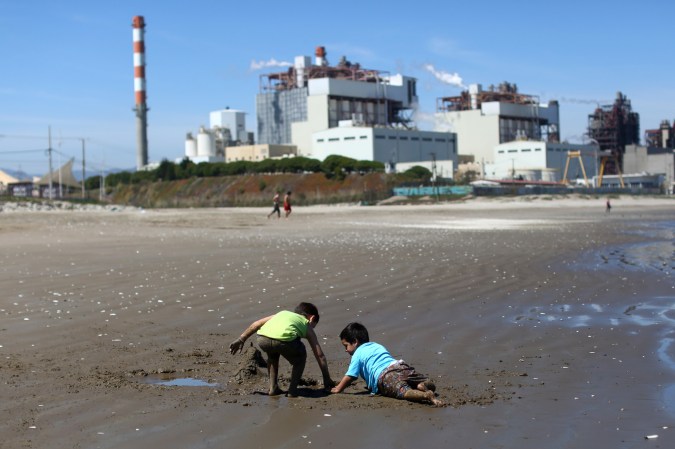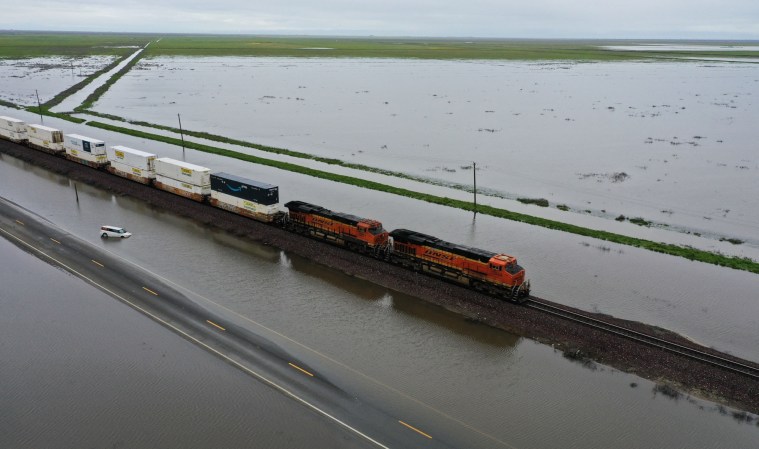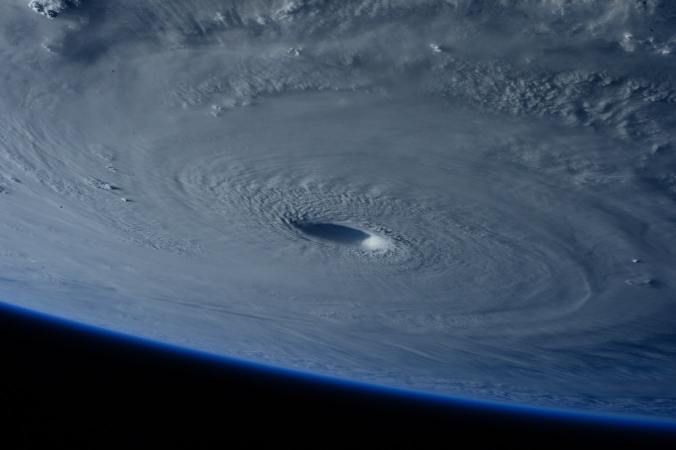

Soon after Hurricane Harvey made landfall on the coast of Texas in 2017, the tragically slow-moving, highly-destructive storm dumped a record-breaking amount of rain on Houston and southern Texas for days. Yet this could have been much worse for Clear Lake City, a community in southeastern Houston, which was protected by a swath of newly reclaimed wetland. Once an abandoned golf course, the area was in the process of being converted into a 200-acre park and wetland. When Harvey hit, the effort was only 80% complete, yet still able to hold 100 million gallons of water and protect 150 homes from flooding.
This is one of the examples in a new report, published on June 5th by the National Wildlife Federation, that documents the oft-overlooked capacity of natural ecosystems to protect communities from hurricanes and other natural disasters. The report, “The Protective Value of Nature,” draws upon decades of research to make the case for the “urgent need to dramatically scale up the application of natural infrastructure,” including both intact natural ecosystems, like mangroves and forests, and systems built to mimic nature, such as engineered dunes.
Published just ahead of what’s forecasted to be an ‘unusually active’ hurricane season, fueled by the warmest ocean temperatures on record, the report makes clear that we desperately need to rethink our reliance on hard infrastructure—like levees, dams and sea walls—to shield us from disaster. “Our tradition in the face of natural disasters has been just to fight nature,” says Patty Glick, an author of the report and a senior climate adaptation specialist at the National Wildlife Federation. In the face of climate-intensified natural disasters, a growing body of research shows that relying only on hard infrastructure no longer cuts it.
Rather than straightening rivers and building higher sea walls, we need to invest more in protecting and restoring nature, which the report finds can be “equally or more effective” than conventional structures.
Conventional flood management vastly underutilizes the capacity of ecosystems, especially when healthy and intact, to protect against storms. Wetlands, for instance, are crucial sponges, able to hold up to 1.5 million gallons of water per acre, according to the report. Glick also points to the adaptive role of oyster reefs or coral reefs in the nearshore area. “Those act like speed bumps,” she says. When the waves or storm surge reach those speed bumps, they are attenuated, or broken up. “So, the real force of those waves is not hitting the mainland,” says Glick.
If healthy, the report notes that natural ecosystems are also able to also adapt to rising tides and changing climatic conditions, as well as providing other benefits, like purifying waterways and providing more habitats for wildlife.
Not only is conventional flooding infrastructure precariously aging, but it’s also not built for the supercharged floodwaters of recent years. “In many cases, what we have built over the last 50 or 100 years has been infrastructure designed to meet a storm of a certain magnitude,” says Timon McPhearson, an associate professor of urban ecology at The New School and the director of the Urban Systems Lab. “So, when that magnitude is exceeded it fails, and it fails catastrophically.”
McPhearson categorizes hard infrastructure as “fail-safe,” meaning that it offers protection only up to the point of dangerous failure. “Building a seawall that’s designed to deal with a storm surge of, say, 10 ft, is a complete failure if a storm surge is 10.1. feet.” Natural ecosystems, on the other hand, are what he calls “safe-to-fail,” or capable of reducing the risk of even intense storms.
Of course, natural infrastructure cannot reduce all risk, including the structural inequalities which tend to make low-income communities of color more at-risk from hurricanes. Disasters like Hurricane Katrina were tragic not only because of the failure of the levees to hold back the water, but also because of the inequalities that prevented people from evacuating and rebuilding. This is why, explains McPhearson, “when we invest in nature-based infrastructure in low-income communities of color, we also simultaneously have to invest in affordable housing and job security.”
There are, however, inherent limits to natural ecosystems. “You’re going to have situations where the ecosystems are not healthy enough, big enough, or situated correctly to absorb all of the impacts,” says Siddharth Narayan, a civil and coastal engineer and an assistant professor in the department of coastal studies at East Carolina University. Narayan emphasizes that nature is never going to be the only solution—but it can act like “the first line of defense” against increasingly powerful storms.
The health and adaptive capacity of ecosystems is also threatened by the Trump administration’s dismantling of environmental protections, which in turn makes us more vulnerable to disasters. The report points out how rollbacks of the Clean Water Act jeopardize over half of the nation’s wetlands, and that similar limits on the National Environmental Protection Act would scale back environmental oversight. Both shifts will harm essential ecosystems that could protect us from natural disasters.
Jessie Ritter, an author of the report and the director of water resources and coastal policy for the National Wildlife Federation sees an immediate opportunity to shore up our natural defenses. “Any upcoming investments that our country decides to make to stimulate the economy, given the current crisis, should really consider how investments in restoration, resilience, and nature can create jobs and protect communities,” says Ritter. “So, it’s a win-win.”























